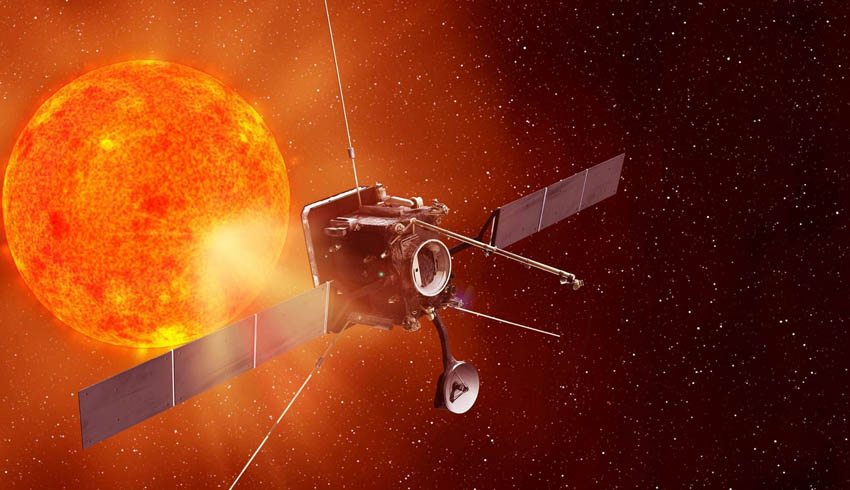The information will improve understanding about the universe as well as offer key information to help protect astronauts, satellites, and communications signals – such as GPS – in space.
Each of these Medium-Class Explorer proposals will receive US$1.25 million to conduct a nine-month mission concept study. Following the study period, NASA will choose up to two proposals to go forward to launch. Each potential mission has a separate launch opportunity and time frame.
Thomas Zurbuchen, associate administrator for NASA’s Science Mission Directorate in Washington, explained, "We constantly seek missions that use cutting-edge technology and novel approaches to push the boundaries of science. Each one of these proposals offers the chance to observe something we have never before seen or to provide unprecedented insights into key areas of research, all to further the exploration of the universe we live in."
NASA's heliophysics program explores the giant, interconnected system of energy, particles, and magnetic fields that fills interplanetary space, a system that constantly changes based on outflow from the sun and its interaction with the space and atmosphere around Earth.
The proposals were selected based on potential science value and feasibility of development plans. The cost for the investigation ultimately chosen for flight will be capped at $250 million and is funded by NASA’s Heliophysics Explorers’ program.
The proposals selected for concept studies are:
- Solar-Terrestrial Observer for the Response of the Magnetosphere (STORM) - STORM would provide the first-ever global view of our vast space weather system in which the constant flow of particles from the Sun – known as the solar wind – interacts with Earth's magnetic field system, called the magnetosphere. Using a combination of observation tools that allow both remote viewing of Earth's magnetic fields and in situ monitoring of the solar wind and interplanetary magnetic field, STORM would track the way energy flows into and throughout near-Earth space.
- HelioSwarm: The Nature of Turbulence in Space Plasmas - HelioSwarm would observe the solar wind over a wide range of scales in order to determine the fundamental space physics processes that lead energy from large-scale motion to cascade down to finer scales of particle movement within the plasma that fills space, a process that leads to the heating of such plasma.
- Multi-slit Solar Explorer (MUSE) - MUSE would provide high-cadence observations of the mechanisms driving an array of processes and events in the sun's atmosphere – the corona – including what drives solar eruptions such as solar flares, as well as what heats the corona to temperatures far above that of the solar surface. MUSE would use breakthrough imaging spectroscopy techniques to observe radial motion and heating at 10 times the current resolution – and 100 times faster – a key capability when trying to study the phenomena driving heating and eruption processes, which occur on time scales shorter than previous spectrographs could observe.
- Auroral Reconstruction CubeSwarm (ARCS) - ARCS would explore the processes that contribute to aurora at size scales that have been rarely studied: at the intermediate scale between the smaller, local phenomena leading directly to the visible aurora and the larger, global dynamics of the space weather system coursing through the ionosphere and thermosphere.
- Solaris: Revealing the Mysteries of the Sun’s Poles - Solaris would address fundamental questions of solar and stellar physics that can only be answered with a view of the sun's poles. Solaris would observe three solar rotations over each solar pole to obtain observations of light, magnetic fields, and movement in the sun's surface, the photosphere.
Nicky Fox, director of the Heliophysics Division in NASA's Science Mission Directorate, explained, "Whether it's looking at the physics of our star, studying aurora, or observing how magnetic fields move through space, the heliophysics community seeks to explore the space system around us from a variety of vantage points."
Each of these new proposals seeks to add a new puzzle piece to understanding that larger system, some by looking at the sun, some by making observations closer to home.

